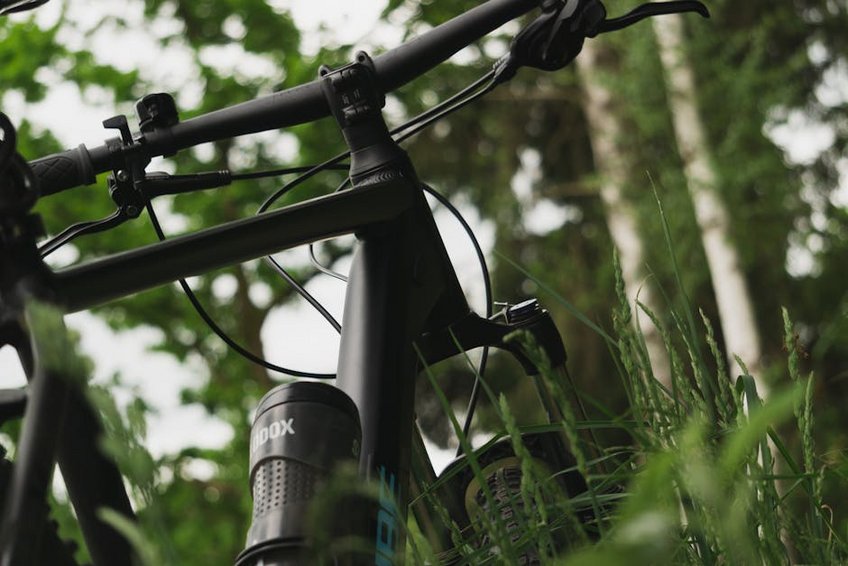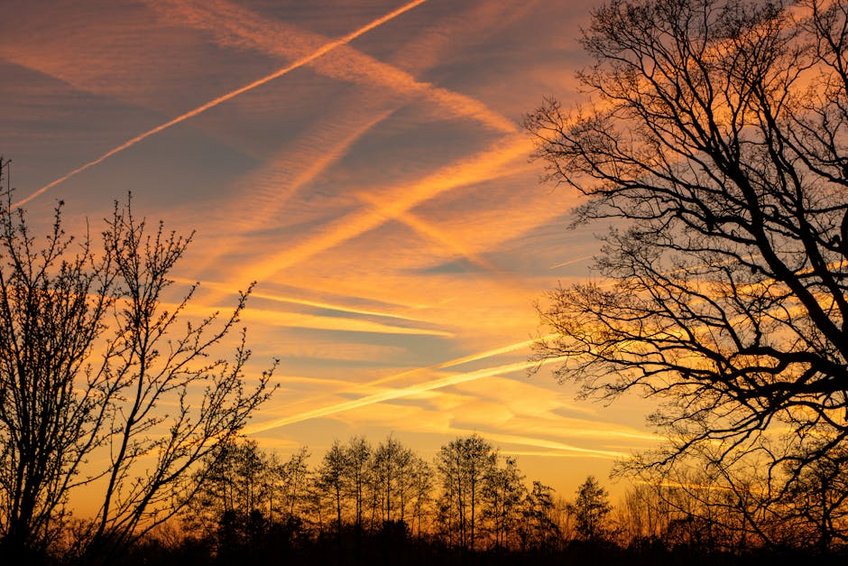Germany Black Forest Cuckoo Clocks: A Timeless Craft Experience
Germany Black Forest cuckoo clocks represent centuries of intricate craftsmanship originating from the dense woodlands of southwestern Germany. These hand-carved timepieces feature detailed woodland scenes, moving figures, and the iconic cuckoo bird call that has delighted visitors since the 18th century. This guide covers everything from authentic shopping locations to workshop tours that let you witness master clockmakers at work.
Essential Cuckoo Clock Information
The Black Forest region developed cuckoo clock production during the 1730s, with the first documented clock made by Franz Anton Ketterer in Schönwald. Local artisans used native woods like linden and walnut, carving scenes inspired by forest wildlife and traditional German life. These clocks became economic staples for farming families during harsh winter months.
Modern production maintains traditional methods while incorporating quartz movements for accuracy. Authentic Black Forest cuckoo clocks carry certification seals from the VdS (Association of Black Forest Clock Manufacturers). This guarantees they’re handmade within the region using quality materials and skilled craftsmanship techniques passed through generations.
Clock Types and Styles
Understanding the main cuckoo clock varieties helps you select the perfect piece.
- Traditional carved clocks feature hunting scenes with deer, bears, and forest foliage, typically measuring 12-24 inches tall with weight-driven mechanisms.
- Chalet-style clocks depict Alpine houses with woodcutters, water wheels, and dancing figures that move on the hour alongside the cuckoo call.
- Modern minimalist designs offer simpler silhouettes with clean lines while maintaining the signature cuckoo mechanism and quality wood construction.
- Budget travelers spend $800-$1,200 weekly using hostel accommodations, public transportation, and focusing on free museum days while purchasing smaller quartz clocks costing $150-$300.
- Mid-range visitors allocate $1,500-$2,500 for comfortable hotels, rental car access, guided workshop tours, and quality mechanical clocks priced $400-$800 with basic carvings.
- Luxury experiences reach $3,000+ featuring boutique hotels, private clock-making lessons, and elaborate antique-style clocks with multiple moving figures costing $900-$2,000.
- Black Forest Tourism Board
- German Clock Road Association
Authenticity Markers
Genuine Black Forest cuckoo clocks display specific characteristics that distinguish them from mass-produced imitations. Look for the VdS certification label inside the clock casing or on the back panel. This seal confirms the clock was hand-assembled in the Black Forest region using locally sourced materials.
Examine the wood carving quality – authentic pieces show fine detailing with smooth finishes and no rough edges. The mechanical movement should operate silently between chimes, with weights made of cast iron rather than plastic. The cuckoo sound emerges from two small bellows producing distinct high and low notes.
Regional Production Centers
The primary cuckoo clock manufacturing occurs in several key Black Forest towns with rich horological histories. Triberg hosts the world’s largest cuckoo clock and multiple family-owned workshops like Hubert Herr and Rombach & Haas. Furtwangen contains the German Clock Museum with historical examples dating to 1850.
Schonach and Titisee-Neustadt offer smaller ateliers where visitors can watch carving demonstrations. These towns maintain the highest concentration of certified master clockmakers following apprenticeship programs that require three years of training. Many workshops provide engraving services for personalized timepieces.

Alt: “black-forest-cuckoo-clock-workshop-artisan-carving-wood”
Germany Black Forest Cuckoo Clocks – Planning Your Trip
Organizing your Germany Black Forest cuckoo clocks adventure requires considering seasonal factors and advance reservations for popular workshops. The region experiences moderate crowds from May through September, with thinner visitor numbers during spring and autumn months. Planning six months ahead ensures accommodation availability near major clock manufacturers.
Budget approximately $1,500-$3,000 for a mid-range trip including clock purchases, though travelers can reduce costs by focusing on smaller workshops outside main tourist centers. The Black Forest Card provides discounted entry to multiple attractions including clock museums and factory tours. Rental cars offer the most flexibility for visiting scattered production villages.
Focus your itinerary around the Clock Road (Deutsche Uhrenstraße), a 200-mile scenic route connecting key horological sites. This pathway winds through picturesque valleys and traditional farmhouses where clockmaking began as winter cottage industry. Allow 4-7 days to fully experience the route’s museums, demonstrations, and shopping opportunities.
Best Time to Visit the Black Forest
Visit between April and October for optimal weather conditions, with temperatures ranging 55-75°F (13-24°C) and minimal precipitation. July and August attract the largest crowds but offer extended daylight for exploring multiple locations. These months feature numerous clock-making festivals with live demonstrations and special exhibitions.
Shoulder seasons in April-May and September-October provide comfortable touring conditions with smaller groups. Winter visits from November-March create magical snowy backdrops but some smaller workshops reduce hours. Temperatures drop to 28-40°F (-2 to 4°C) requiring warm clothing for village explorations.
Budget Planning and Costs
Your Germany Black Forest cuckoo clocks experience costs vary based on accommodation style and clock purchases.
Essential Preparation Checklist
Pack comfortable walking shoes for factory tours and village explorations across sometimes uneven terrain. Bring a voltage converter (230V) for charging devices since Germany uses European plugs, though most hotels provide adapters. Carry both cash and credit cards since smaller workshops might not accept electronic payments.
Secure travel insurance covering expensive clock purchases against damage during transit. Learn basic German phrases like “Wie viel kostet das?” (How much does this cost?) for smoother shopping interactions. Download offline maps since cellular service weakens in remote valley locations between manufacturing towns.
Top Clock-Related Attractions and Activities
The Black Forest region offers numerous horological attractions beyond simple shopping experiences. The German Clock Museum in Furtwangen displays over 8,000 timekeeping devices including rare 18th-century cuckoo clocks with unique mechanisms. This comprehensive collection traces the region’s development from farm industry to precision manufacturing.
Multiple working factories provide guided tours where visitors observe the complete clock-making process from wood selection to final assembly. The House of 1000 Clocks in Triberg contains an enormous selection across various price points and styles. Many locations offer shipping services to handle international delivery for larger purchases.
Must-See Clock Museums
The German Clock Museum requires 2-3 hours to fully appreciate its chronological exhibits and working demonstrations. Admission costs $8 for adults with family tickets available for $18. Arrive early to avoid crowds and join the 11am guided tour included with entry.
Dorotheenhütte Glassworks in Wolfach combines clock and glass manufacturing with live glassblowing shows alongside cuckoo clock displays. The Black Forest Open Air Museum showcases historical farmhouses where early clock production occurred. Both locations offer hands-on activities for children and adult visitors.
Hidden Gems and Local Workshops
Seek smaller family-owned workshops in villages like Schonach and St. Märgen for personalized attention and unique designs. These establishments often create custom pieces based on visitor specifications with 6-8 week production timelines. The artisans frequently share fascinating stories about their craft heritage.
Visit during weekday mornings when workshops experience fewer visitors and masters have more time for detailed explanations. Many hidden locations don’t appear on major tour itineraries, requiring direct contact via phone or email for appointment scheduling. These experiences provide deeper cultural connections than standard factory tours.
Clock-Making Workshops
Several locations offer short courses where visitors assemble their own basic cuckoo clocks under expert guidance. These 3-4 hour workshops cost $120-$180 including materials and result in functional quartz timepieces. Participants learn about movement mechanisms and carving techniques while creating personalized souvenirs.
Advanced multi-day courses explore traditional weight-driven mechanisms and complex carving methods. These intensive programs require previous woodworking experience but produce museum-quality pieces. Booking occurs months in advance due to limited class sizes and master artisan availability.
Practical Travel Information
Navigating the Black Forest region involves understanding transportation options and accommodation varieties. The area spans approximately 2,300 square miles across southwestern Germany, with major clock destinations concentrated in the Central Black Forest area. Efficient planning maximizes your time across multiple locations.
Accommodation ranges from traditional guesthouses (Gasthöfe) to modern hotels, with pricing varying significantly between tourist centers and rural villages. Advance reservations prove essential during summer months and holiday periods when European travelers fill the region. Many properties offer clock-themed packages including museum tickets.
| Accommodation Type | Features and Location | Price Range (USD) |
|---|---|---|
| Guesthouses | Family-run, traditional decor, breakfast included, village locations | $80-$120/night |
| Mid-Range Hotels | Modern amenities, central locations, parking available, clock packages | $120-$200/night |
| Luxury Resorts | Spa facilities, fine dining, concierge services, scenic views | $200-$350/night |
| Vacation Apartments | Self-catering, multiple bedrooms, weekly rates, rural settings | $70-$150/night |


